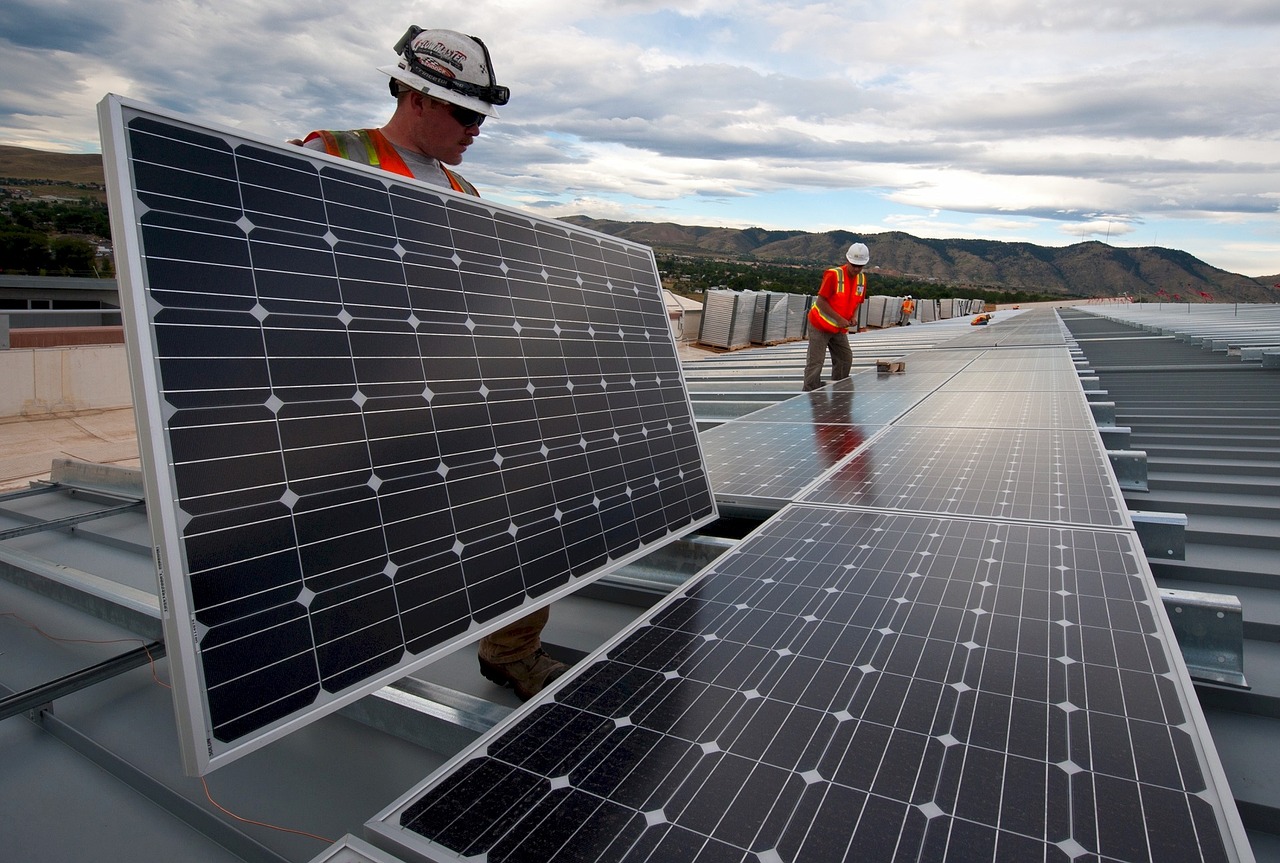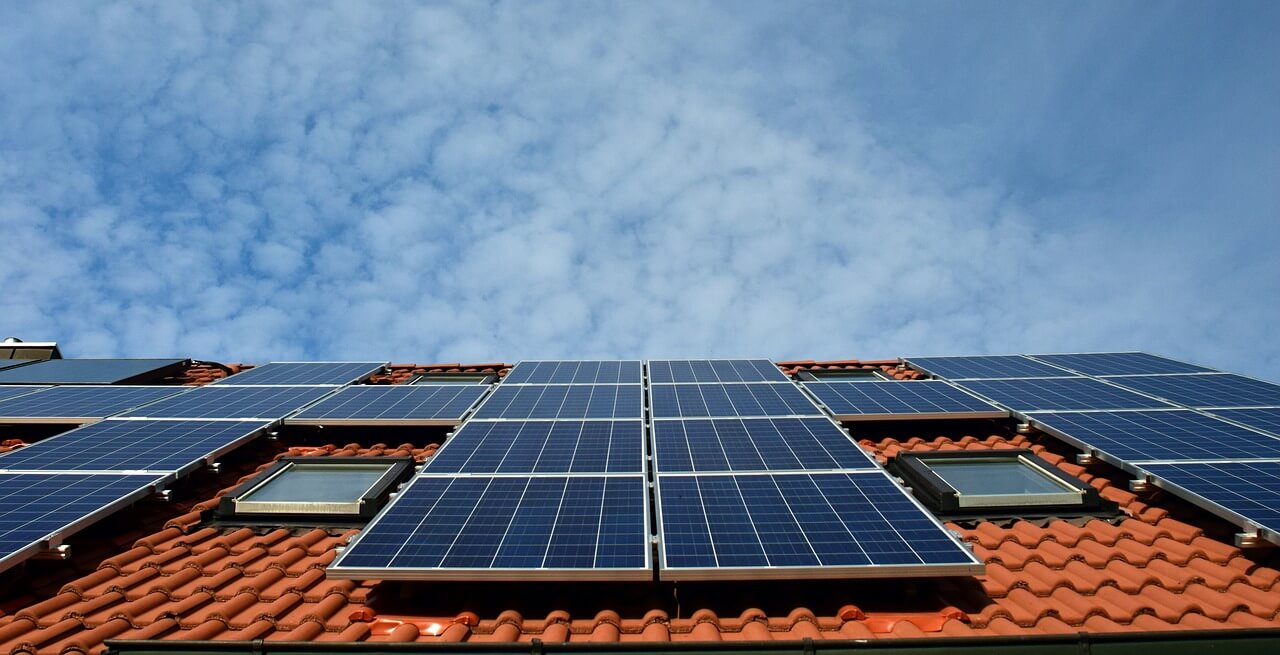You may have heard the price of solar is falling due to technological improvements and other factors. Economists expect this trend as new technologies become more common. What’s less expected is for those prices to go so low that they become negative.

That’s just what’s happened in California, though. The state is producing so much solar energy that, at times, utilities have had to pay companies in other states to take it off their hands.
Why Is This Happening?
California generated about 15 times more solar energy in 2015 than it did in 2010. It continued to install new solar panels in 2016 and 2017, though the rate of the increase has begun to fall.
Instead of replacing other generation sources with that new solar energy, it was for the most part just added on top. If electricity consumption had risen, this would have worked out, but electricity consumption in the U.S. fell between 2010 and 2015.
Experts say this may be because of energy-efficiency measures such as the increased popularity of LED bulbs and corporations’ interest in renting heating and cooling equipment, as evidenced by increases in the rental AC market.
Whatever the reason, California now has more energy than it needs.
Why Pay to Get Rid of Energy?

It may seem counterintuitive to pay other states to take your excess energy. It’s a useful resource, so it seems California’s utilities would be able to make a profit from it.
The reason they sometimes can’t have to do with the nature of solar and the energy market, as well as conflicting energy priorities.
When grid operators face an overproduction of solar energy, they can tell solar producers to generate less. Supply and demand of energy, though, is hard to predict, and distributed resources like rooftop solar can’t be controlled.
If operators get it wrong, and the grid ends up overloaded, customers may experience blackouts. To avoid this, California needs to sell its excess energy and send it off the grid as quickly as possible.
For other states to be able to take this excess energy, they need to curtail some of their own generations. This costs money, meaning that other states would rather use their own energy unless they get paid for it.
How to Fix It

This demonstrates a major challenge of integrating renewable and distributed energy resources into the grid. It’s difficult to predict how much a state will need energy, versus how much it can produce. The grid also often isn’t flexible enough to adjust to changes in this supply and demand.
While it may lower electricity prices a bit for customers in the states that purchase the excess energy, it raises them for customers in states like California, where utilities lose money because of energy surpluses. It also creates headaches for utilities and grid operators. While some may benefit from excess solar energy, the big picture shows it mostly has negative consequences in today’s circumstances.
Under different conditions, however, it might be a net benefit. Some economists have suggested retail rates should more closely reflect wholesale rates, which would increase the flexibility of the market. Others have recommended changing the way renewable incentives work to give producers less motivation to run their plants when consumers need less energy.
Making our energy technologies themselves more flexible would help, as well. Increasing the use of energy storage would allow excess energy to be saved for later. This stored energy is then available for use when generation from other resources is lower. This would help balance out the intermittency of solar and other renewables.
The renewable energy revolution has had some major successes in recent years. At times, it’s even been a little bit too successful. As the energy market continues to change, we’ll have to continue to address these growing pains. Once we do, we’ll be able to enjoy a cleaner, more flexible and more reliable energy grid.






